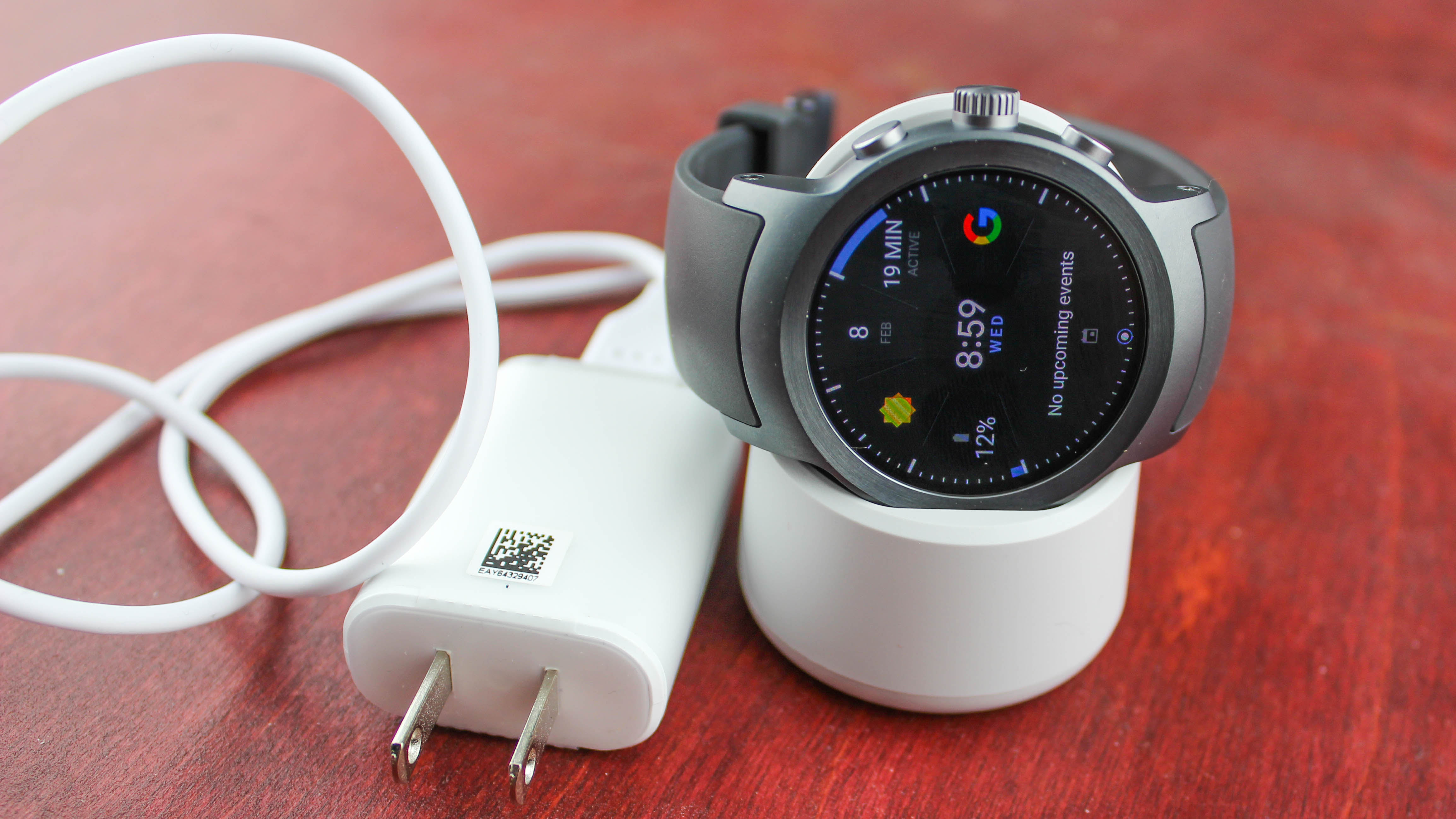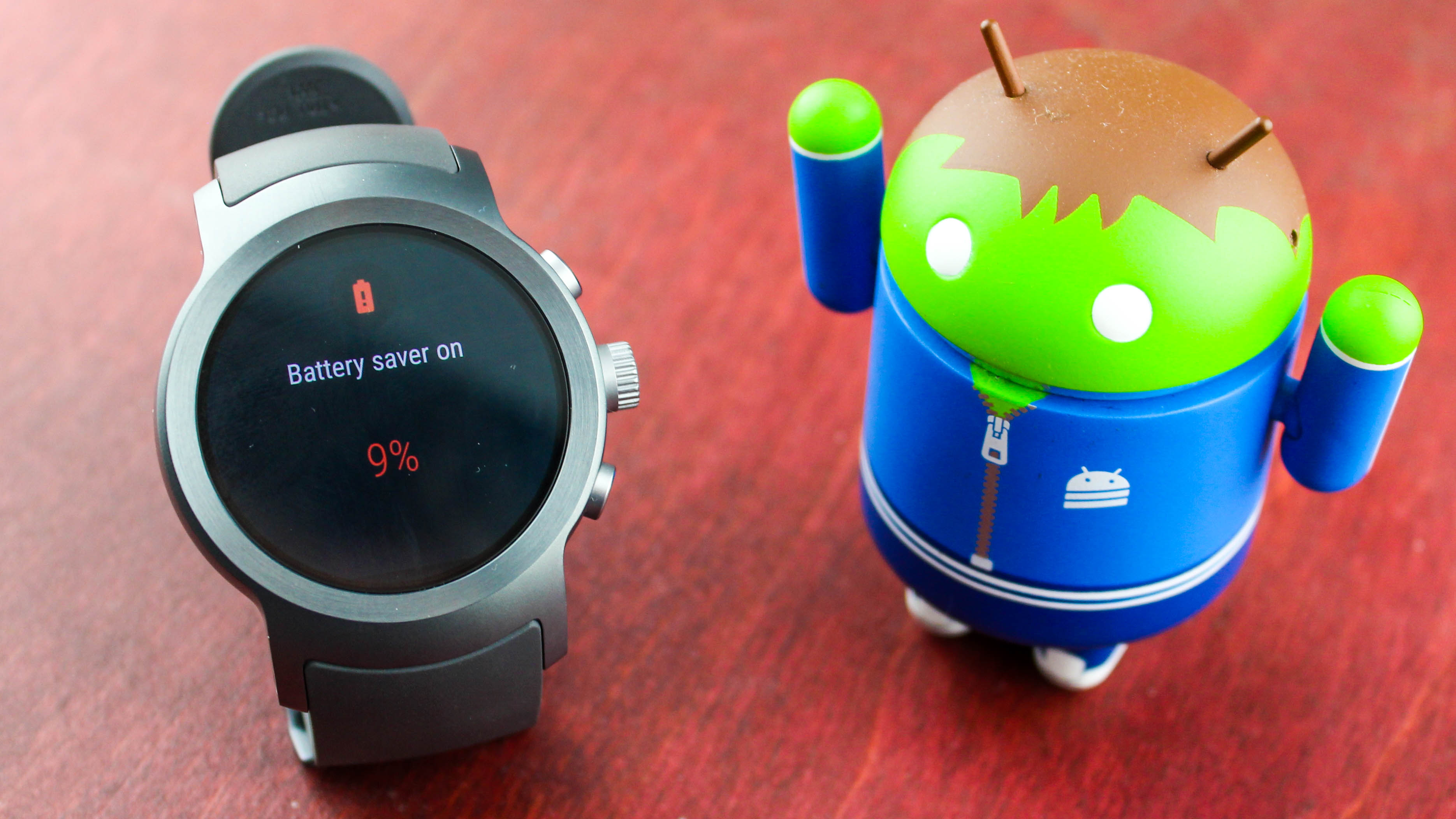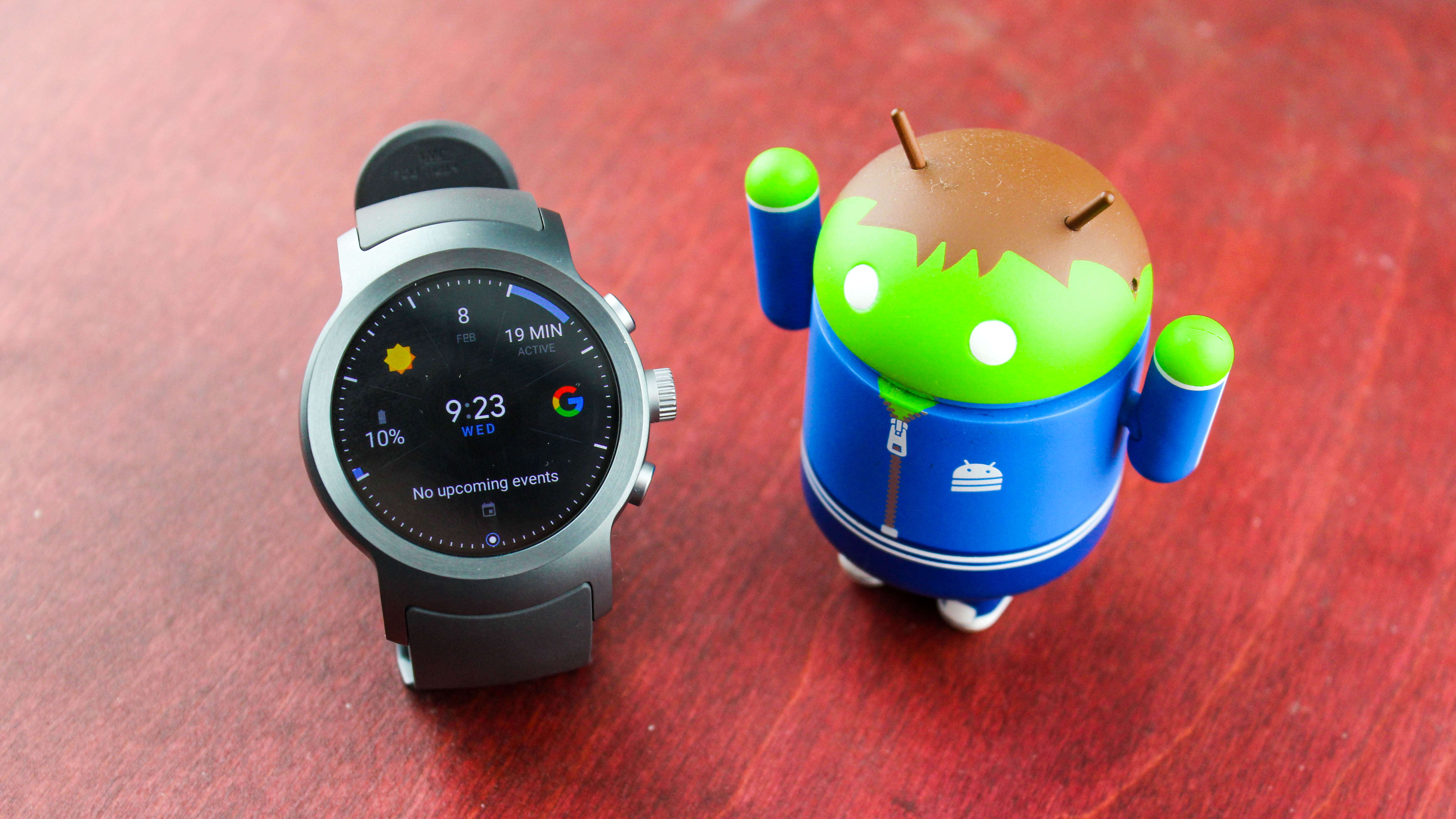Why you can trust TechRadar
Fitness tracking
- Tracks strength training as well as runs
- You can set fully customizable goals
- No stand-up reminders
The rather overt ‘LG Watch Sport’ name puts a lot of weight on the fitness tracking capabilities of this smartwatch, and for the most part it succeeds where others have too often failed.
The difference is that LG includes the right mix of sensors inside the watch for granular fitness tracking, while Google revamped its Google Fit app to properly record the results.

What you end up with are more modes than you typically see on a smartwatch, all the way down to what we were most impressed with: strength training.
Strength training on the LG Watch Sport solves the big problem of not getting any credit for upper body workouts when you can so easily track high-intensity runs; it’s just not fair.
The Sport is able to count the number of reps, and guess at the exercise (one of 33 in the database) and the weight. All of this is editable if the app gets it wrong, and it learns from your quick edits.

The ability to log all sorts of machines and free weight exercises automatically makes this watch stand out – you won’t find strength training even on the LG Watch Style.
Besides strength training, GPS runs and the heart rate monitor, the two new watches share every other mode and capability.
Sign up for breaking news, reviews, opinion, top tech deals, and more.
- Walking
- Running
- Treadmill running
- Biking
- Stationary biking
- Aerobics
- Stair climbing machine
- Strength training (with 33 different exercises)
- Push-ups challenge
- Sit-ups challenge
- Squat challenge
Google Fit also sets up customizable goals, and since the LG Watch Sport launched the app has been updated, with it now giving you both 'Move Minutes' (which reward you for even small bursts of activity during the day), and 'Heart Points' (which reward you for really getting your heart rate up).
The Google Music app has been revamped with the ability to match your exercise, and the beats keep playing through your Bluetooth headphones whether you’re on Wi-Fi or cellular.
The one thing that’s missing is the popular stand-up goal – you won’t be reminded hourly that you’re a sloth, but third-party apps do fill the void for a very small fee.
Swimming is something of a miss with the Sport though - Apple and other brands have been making a big deal of this capability, and its omission is poor for a watch that's all about exercise.
Battery life
- Lasted 14 hours and 8 minutes with the always-on screen activated
- That's shy of a full day, but relying on Wi-Fi or Bluetooth gave it a boost
- Fitness tracking and cellular data tax the battery too
The LG Watch Sport is designed to last all day and, for us, while it didn’t quite cross the finish line it did get fairly close on a number of occasions.
On average we were getting 14 hours and 8 minutes from normal use with an hour-long daily workout where we tracked our fitness; that’s not the best run time. It was slightly less time with heavier workouts, and when we tested out the SIM card on its own.

We were able to get a full day with more conservative use and by turning off the always-on screen (even though we like it) when we didn’t need to glance down at it continually. And there’s a battery saver mode that kicks in at 15% and which turns off the always-on screen, whether you like it or not.
Truthfully, we really wanted this smartwatch to last at least 16 hours under normal use, as that’s the average full day if you were to get eight hours of sleep. You’re going to be doing some unexpected sprints to keep this battery charged.

What’s amazing is that the LG Watch Sport probably couldn’t have existed any sooner. It squeezes in a big (for a watch battery) 430mAh battery and uses the more advanced 1.1GHz Snapdragon Wear 2100 chipset, not the older Snapdragon 400 chipset that was inside almost every rival smartwatch when this launched.
It’s hard to imagine what it would be like with the older chip and the more average 300mAh battery size.
Here’s another metric: the watch took two hours and six minutes to charge. It does so through an included wireless charging stand – it’s made of what feels like cheap plastic, but it gets the job done, albeit taking longer than we’d like.
Even when using a phone’s Quick Charge plug, the LG Watch Sport isn’t going to charge any faster.
Current page: Fitness and battery life
Prev Page Wear OS, specs and compatibility Next Page Verdict and competition
